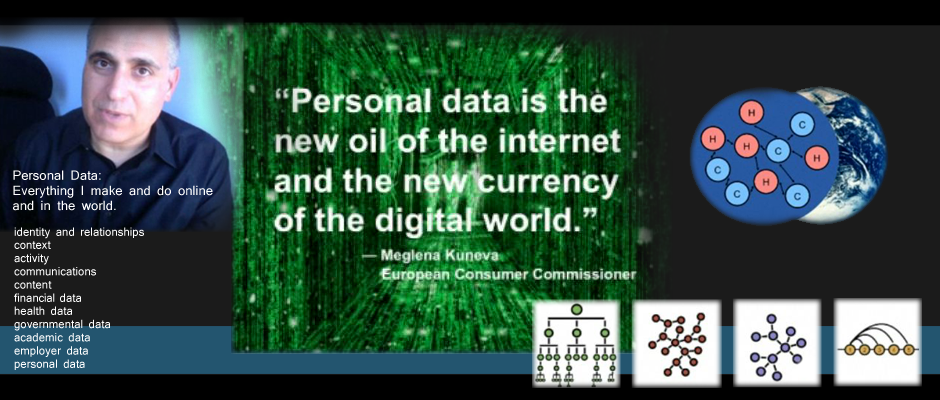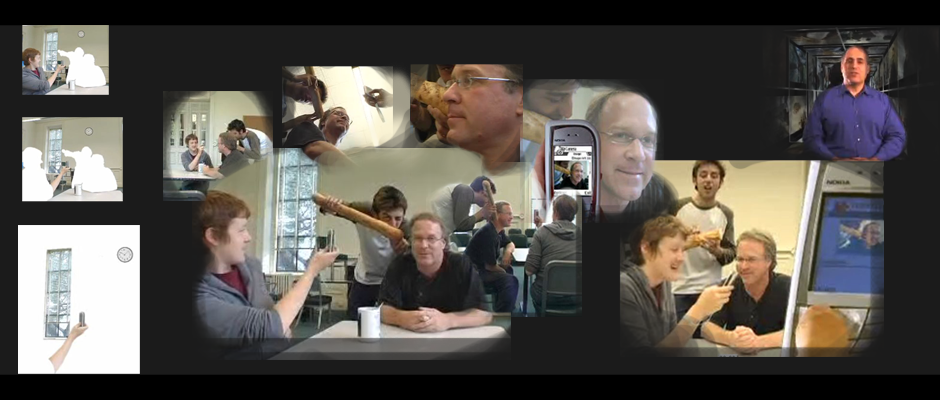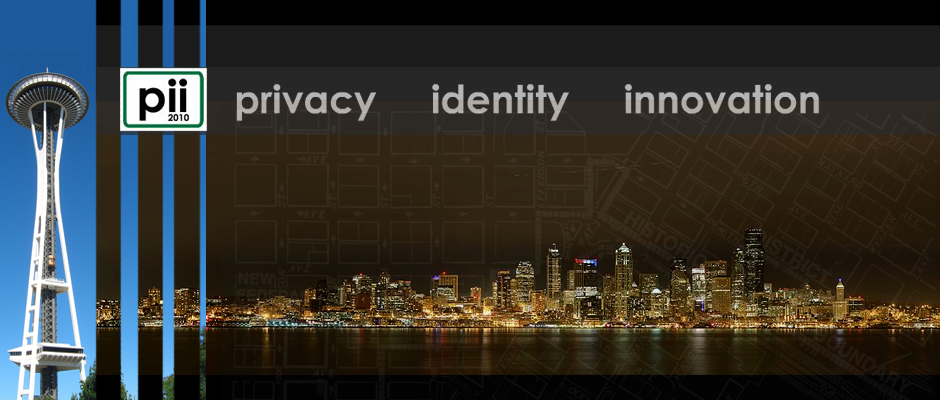Since the introduction of the first cameraphones, the devices and usage contexts of personal digital photography have been undergoing rapid transformation from the traditional camera-to-desktop-to-network image pipeline to an integrated mobile imaging experience. Our first Mobile Media Metadata prototype leveraged the spatio-temporal context and the social community of media capture to infer media content.
‘Featured Home 2’
Monday, August 16th, 2010 Tags: Bluetooth, context, Demos, Garage Cinema Research, geotagging, GPS, LBS, location-based systems, media tagging, metadata, MMM, mobile, mobile media, photo tagging, photography, photos, UC Berkeley
Category: Demos, Featured Home, Featured Home 2, Featured Videos
MMM2 used ‘context-to-community’ inferencing to support the sharing of mobile media by inferring the likely recipients for media captured on cameraphones based on the user’s and the community’s prior sharing history and contextual metadata such as the time of capture, CellID and GPS location, and Bluetooth-sensed human co-presence.
Monday, August 16th, 2010 Tags: Bluetooth, context, Demos, Garage Cinema Research, geotagging, GPS, LBS, location-based systems, Marc Davis, media sharing, media tagging, metadata, mobile, mobile media, photo sharing, photo tagging, photography, photos, UC Berkeley, video
Category: Demos, Featured Home, Featured Home 2, Featured Videos
Marc Davis’ 1995 MIT Media Laboratory doctoral dissertation was called “Media Streams” and is an iconic visual language and system for media annotation, retrieval, and resequencing according to semantic descriptions of media content using manual, semi-automatic, and automatic techniques. The demo video shows an early version of Media Streams created in 1992.
Monday, August 16th, 2010 Tags: AI, artificial intelligence, Demos, design, icons, Interval Research, Ken Haase, Marc Davis, MIT Media Lab, narrative, remix, retrieval, storytelling, UI, video, visual language
Category: Demos, Featured Home, Featured Home 2, Featured Videos






